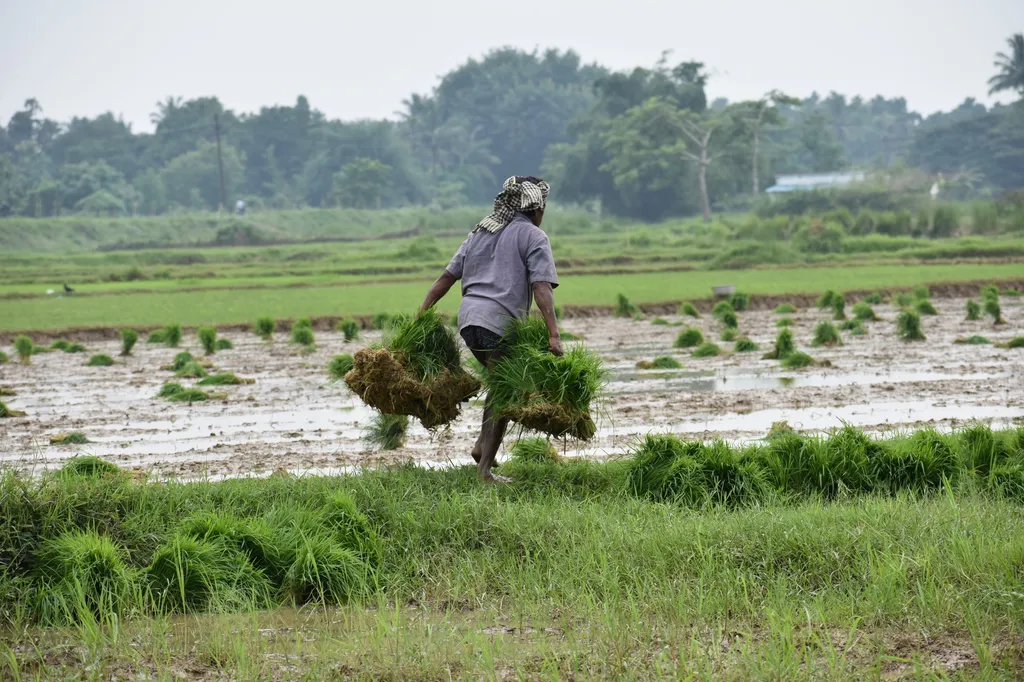In the intricate dance of India’s economy, agriculture takes center stage, and a recent study published in *Discover Agriculture* sheds light on the factors influencing the production of major commercial crops (MCC). The research, led by Bijaylaxmi Rath from the Department of Economics at Berhampur University, delves into the impact of structural breaks and climatic factors on the production of these crops over a 41-year period, from 1981 to 2021.
The study employs advanced econometric techniques, including the Auto Regressive Distributed Lag (ARDL) model, bound testing, and the Error Correction Model (ECM), to analyze both short- and long-run impacts on MCC production. The findings reveal that the structural break year 2011 (D2011) and the net irrigated area have positive and significant effects on the production of MCC in both the short and long run. This underscores the importance of infrastructure and policy changes in boosting agricultural output.
“Our results indicate that investments in irrigation facilities can have a profound impact on the production of major commercial crops,” says Rath. “This is crucial for the agriculture sector, which is often vulnerable to structural volatility and climatic changes.”
The study also highlights that climatic factors such as rainfall and temperature, along with non-climatic factors like the use of fertilizer and pesticides, have positive and significant effects on the production of MCC only in the long run. This suggests that while these factors are important, their impact may take time to manifest.
The research employs Fully Modified Least Squares (FMOLS) and Canonical Cointegrating Regression (CCR) to corroborate the long-term findings, providing a robust analysis of the factors influencing MCC production. The study recommends prioritizing commercial crop production by scaling up irrigation facilities, facilitating crop insurance, and promoting the sustainable use of agricultural inputs through effective policy implementation.
The implications of this research are significant for the agriculture sector, particularly in the context of climate change and structural volatility. By understanding the factors that influence MCC production, policymakers and stakeholders can make informed decisions that enhance agricultural productivity and resilience. As the sector continues to evolve, this study provides valuable insights that could shape future developments and ensure the sustainability of India’s agricultural backbone.
In a world where climate change and structural volatility are becoming increasingly prevalent, this research offers a beacon of hope for the agriculture sector. By prioritizing investments in irrigation and sustainable practices, the sector can not only enhance its productivity but also build resilience against future challenges. As Rath aptly puts it, “The future of Indian agriculture lies in our ability to adapt and innovate in the face of adversity.”

